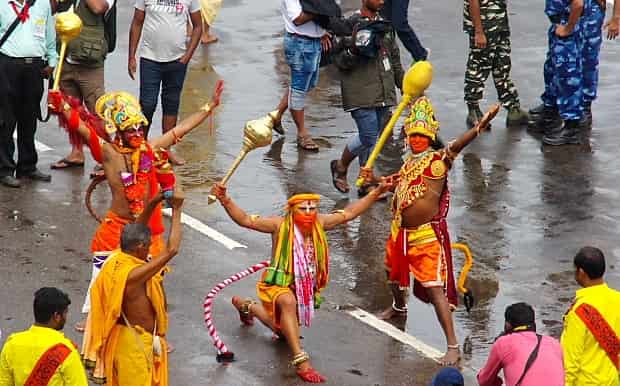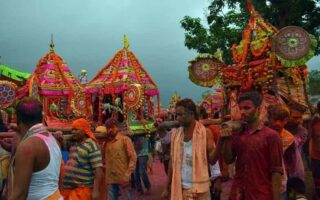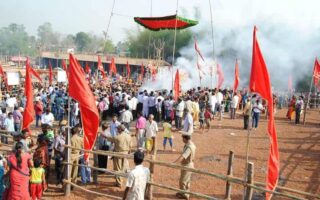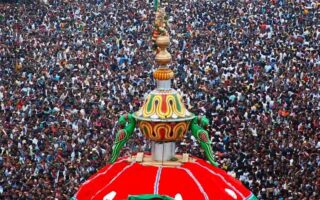- Area: Temple of Jagannath, Puri, Orissa, India
- Feted: Once in 12 to 19 years
- Commence in: Ashadha Month (June or July)
The Festival of Nava Kalebra is linked to the festival of car, a significant fiesta called as (‘Nava Kalebra’) which commences once in 12 to 19 years concording to the computation of the date and year. On this eve, the wooden imagery of the idols are reinstated by the brand new ones new.

Time For the Festivity
The standard accepted to secure the time of rekindling is to discover a time, which has 2 (full moons) in Ashadha Month. This meticulous month, that is barred from estimation is called as “Mala Masa” or “Adhimasa” and is measured the most ill-fated for any sacred rituals.
However, unusually adequate this is measured most holy for the regeneration fiestas of the idols. As a result, it is known as (“Purusottama Masa”), since the added name of God (Jagannatha) is (‘Purushottama’). At the preceding 100 years, such fiestas have been conducted only 7 times in the years of 1969, 1931, 1863, 1996, 1893, 1950, and 1978.
The Rituals
To make new idols, many rites are linked with it and are practiced. As soon as the dates are decided, for the fiesta Puri’s ” Gajapati Maharaj” subjects a public statement to the Brahmins, Vidyapati and ‘Daitas’ who are very well versed in Vedas go in hunt of the foliage that would give wood for creating the images.
Usually, this public statement is issued on the tenth day of full moon (‘Chaitra’). Following the afternoon rites of (Lord Jagannatha), ‘Mahapatras’ obtains the garland called as (“Agnya Mala”), as a symbol of consent from the God to depart in hunt. After this, Mahapatras hold this festoon beside the 4 ‘Daitapatis’ to (“Anasara Pindi”) ( stage inside the place of worship) where all of them are provided with new attires to be dressed in. From there all of them move towards the starting place known as Jagannatha Math.
Escorted by Daitapatis, Tudhan,’ Deula Karna’, 4 carpenters and, ‘Lenka’ they move to the place of worship of (‘Mangala’) located at Kakatpur, that is approximately forty kms away to the northern side. They sleep here to obtain authorization from the God and after that, men proceed for their respective work in 4 batches for appropriate trees.
Some of the main criteria’s for the trees comprises of: The trees have be (Neem tree) with 4 branches and should be nearby a river with absolutely no cut marks. If they find a snake below the auspicious tree then it is believed to be very lucky. As soon as the tree gets finalized a garland is positioned on the auspicious tree.
A stage is raised for the ceremony of (“Bana-Yaga”). 4 Brahmins demeanor the ceremony. After that (Daitapatis) sit for rumination at a stretch for three days. Following this, Vidyapati symbolizes the holy tree with a (golden axe) and then carpenters start to slash the neem tree into gigantic logs. After that, the sacred logs are passed in 4 wheeled-hauls lately constructed for the reason. The huge carts are pulled by Sevakas and not by the animals.
The holy logs are escorted to the compound of the holy place and are positioned in the (“Koili Baikuntha”). On the eve of (“Snana Purnima”), the woods are inundated beside the help of deities after which they are taken to the stack or Darughara and 8 Brahmins conducts Puja, after which the sculpting work starts. No one is allowed to visit the Temple at this time.
The elder most amongst the (‘Pal Mahapatras’ ) conducts this ritual at the deceased hr of dark. He carries away Brahmas from naval zones and positions them in exact location in original forms. He performs this blindfolded, with hands enclosed with clothes.
- Also Read: Fair and Festivals of Orissa


